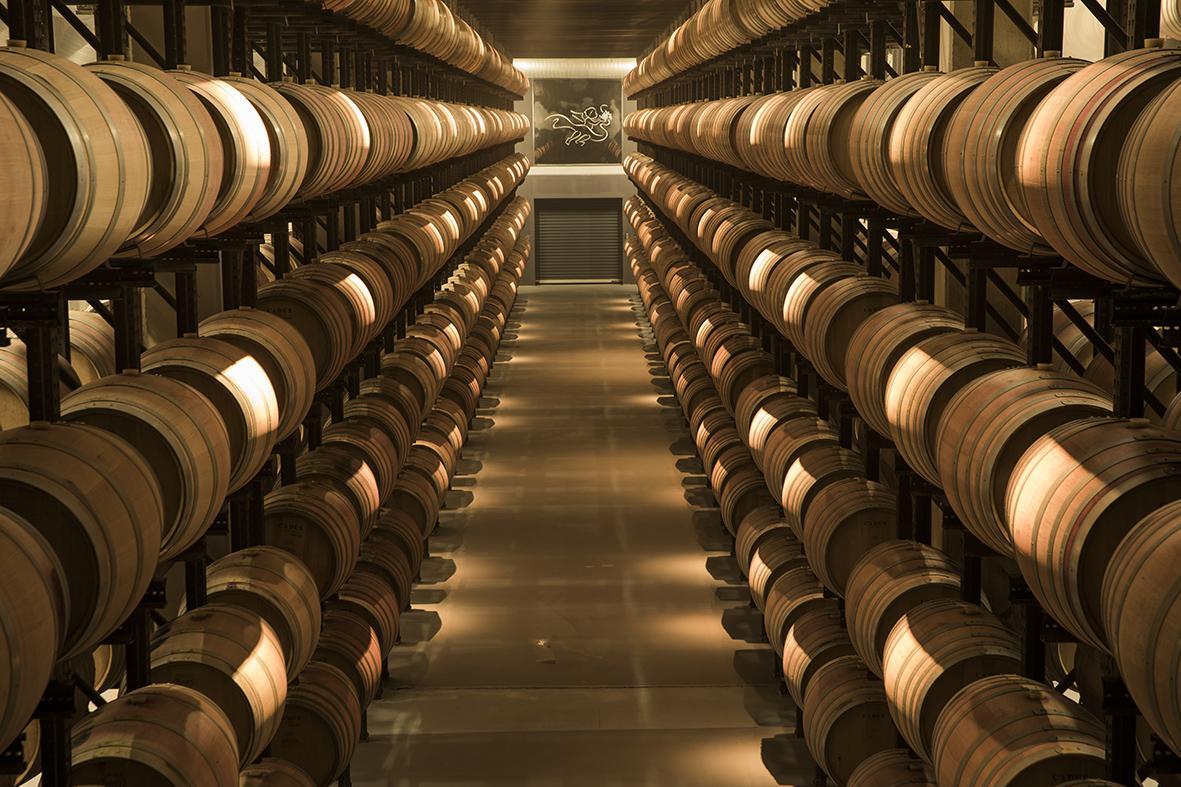
1 minute read
VITICULTURE&WINEMAKING
EXPERIMENTATION In the 90s, Abadía Retuerta began to study and recognize the effects of climate change. Varieties that could fare well and be blended with their flagship Tempranillo, like Touriga Nacional, Garnacha and others were planted. The longer cycle of these varietals preserve acidity, and are better adapted to heat and dry environments. They also found an ancestral, pre-phylloxeric variety of Tempranillo surviving in their pine forests. These vines had managed to overcome frosts, fogs, droughts, diseases and are thus adapted specifically to Abadía Retuerta. Those vines are currently being recovered and propagated and will be called Tempranillo Abadía Retuerta.

MICRO-VITICULTURE AND MICRO-VINIFICATION All 54 parcels are independently cultivated, hand-harvested and selected at sorting tables and vinified separately to preserve terroir identity. Native yeast is used for alcoholic fermentation and natural bacteria for malolactic. They practice minimal intervention and adapt all winemaking practices to respond to the nuance of each vintage.
GRAVITY FLOW WINEMAKING The estate’s patented vinification method makes use of gravity in order to achieve a more natural, delicate handling of the grapes, careful to maintain the character of each variety. This follows their general winemaking philosophy, which is driven by the desire to harvest at the right moment to maintain a natural acidity that brings freshness, balance, and fineness of tannins.
Therearemorethan25red and white grape varieties plantedinAbadíaRetuerta’s experimental plots. They willbestudiedovertimeto see how they adapt to the terroir and changing climateconditions.



